The origin stories behind 11 uniquely strange baseball terms
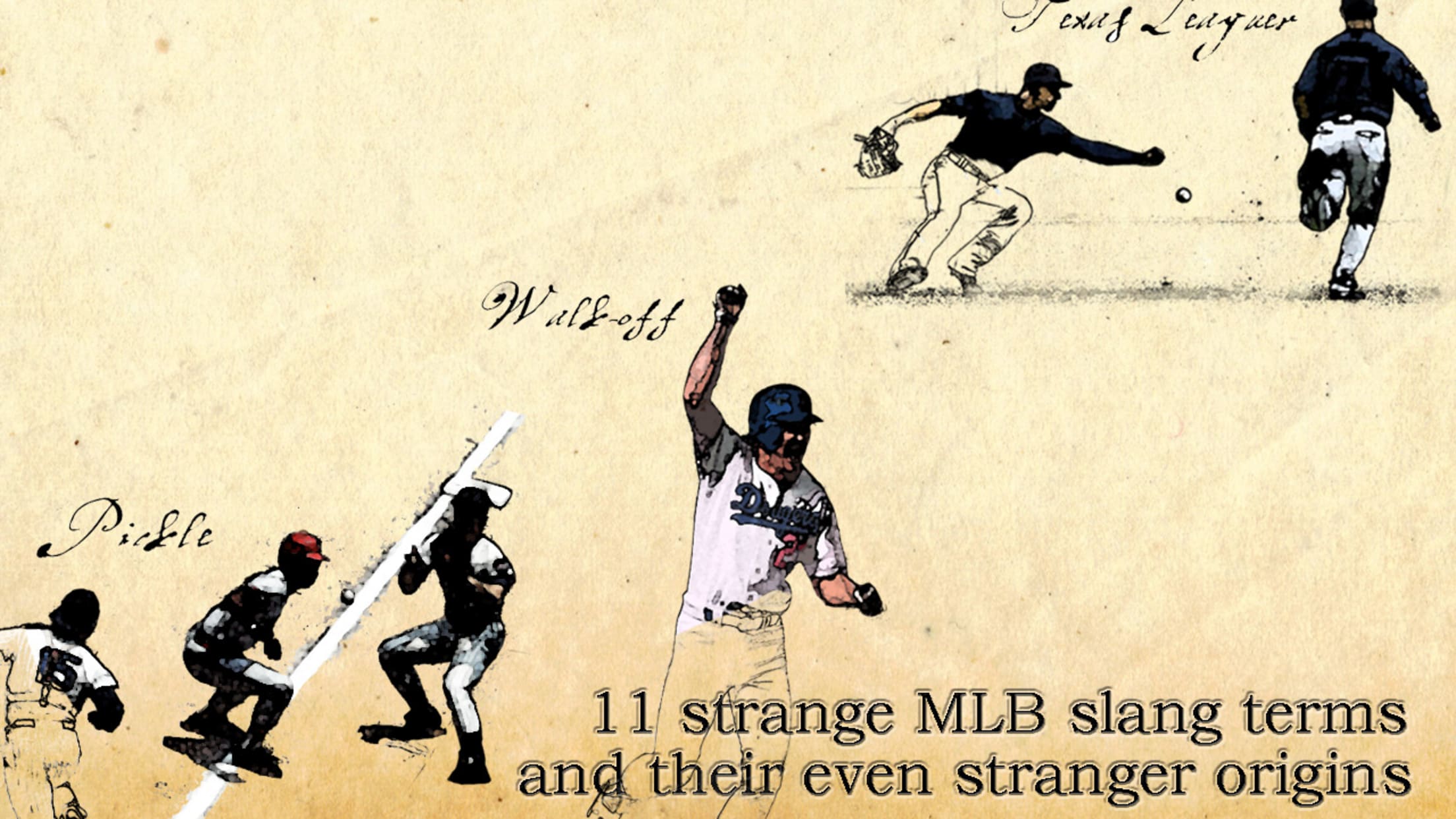
The language of baseball has been passed down for generations, steeped in tradition dating back to the birth of the game. So it's only natural to treat the lexicon like gospel ... without realizing that, well, some of its most common words and phrases are pretty weird. Why are lefties "southpaws" anyway? Why are rundowns "pickles"? And what does corn have to do with any of this? Read on, as we explore the bizarre backstories to some of baseball's most colorful terms.
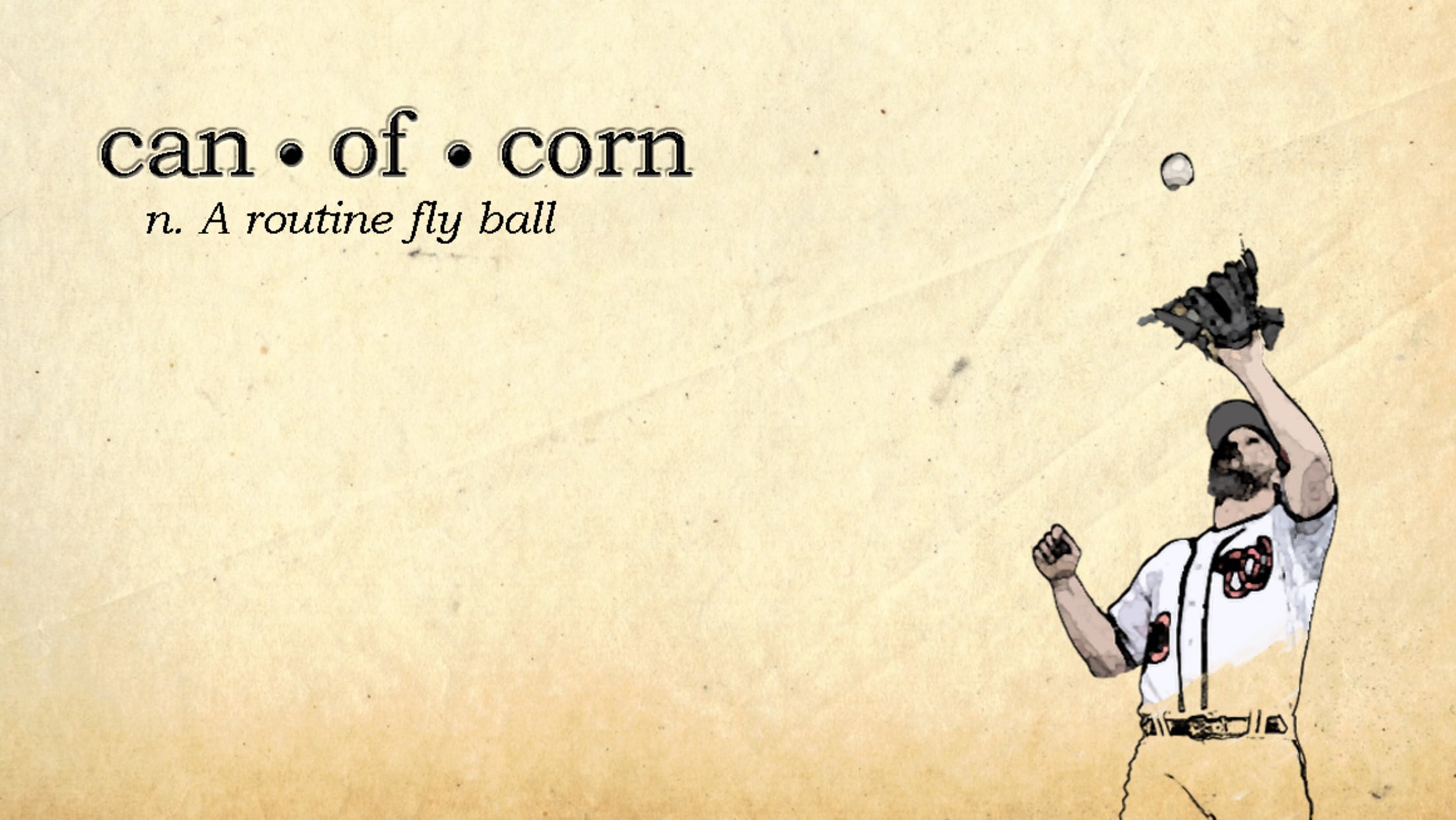
It's a question every baseball fan has asked themselves at some point: Wait, what the heck does corn have to do with any of this? To finally get the answer, we have to head back to the 19th century. Clerks at groceries and general stores were looking for an easier way to reach canned goods -- like, say, corn -- on high shelves, so they started using long, hooked sticks to pull them down. After dropping the cans toward them, they would catch them in their aprons -- just like a fly ball.
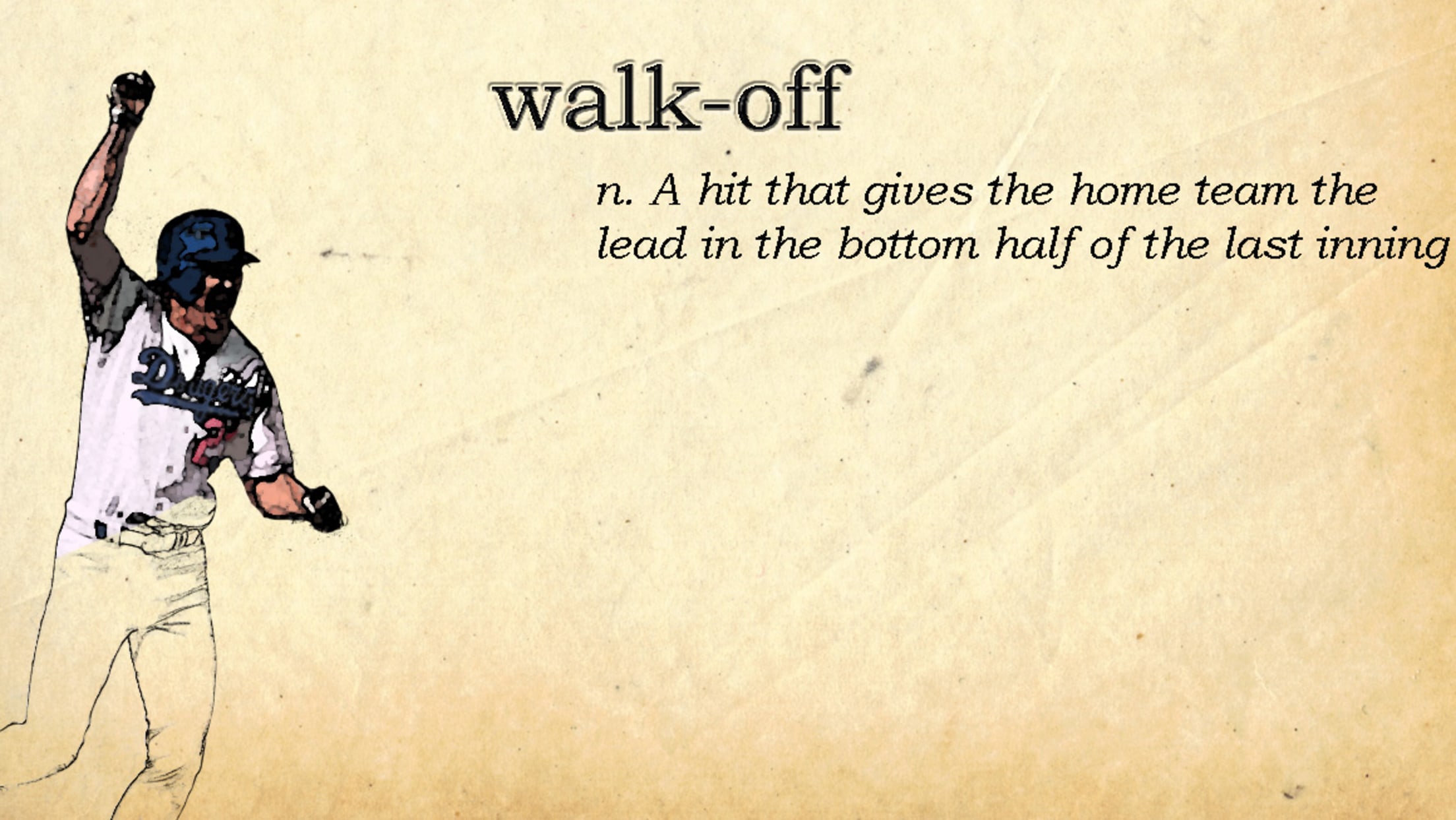
The first thing to know about the walk-off: According to the world's foremost authority, you've been saying it wrong.
''It was always walk-off piece," Dennis Eckersley told the Boston Globe. "Like something you would hang in an art gallery. The walk-off piece is a horrible piece of art."
The Hall of Fame reliever invented a whole new baseball lexicon for himself over the course of his career (Peter Gammons once referred to it as a "DialEck"). The first reference to "walk-off," though, came in a July 30, 1988, story in the Gannett News Service: "In Dennis Eckersley's colorful vocabulary, a walk-off piece is a home run that wins the game and the pitcher walks off the mound."
It was only intended to describe a pitcher's dejected walk off the field after giving up a game-losing home run, but it soon grew into its own phenomenon. And, because the Baseball Gods are not without a sense of irony, just a few months later Eck found himself part of one of the game's first official walk-off pieces:
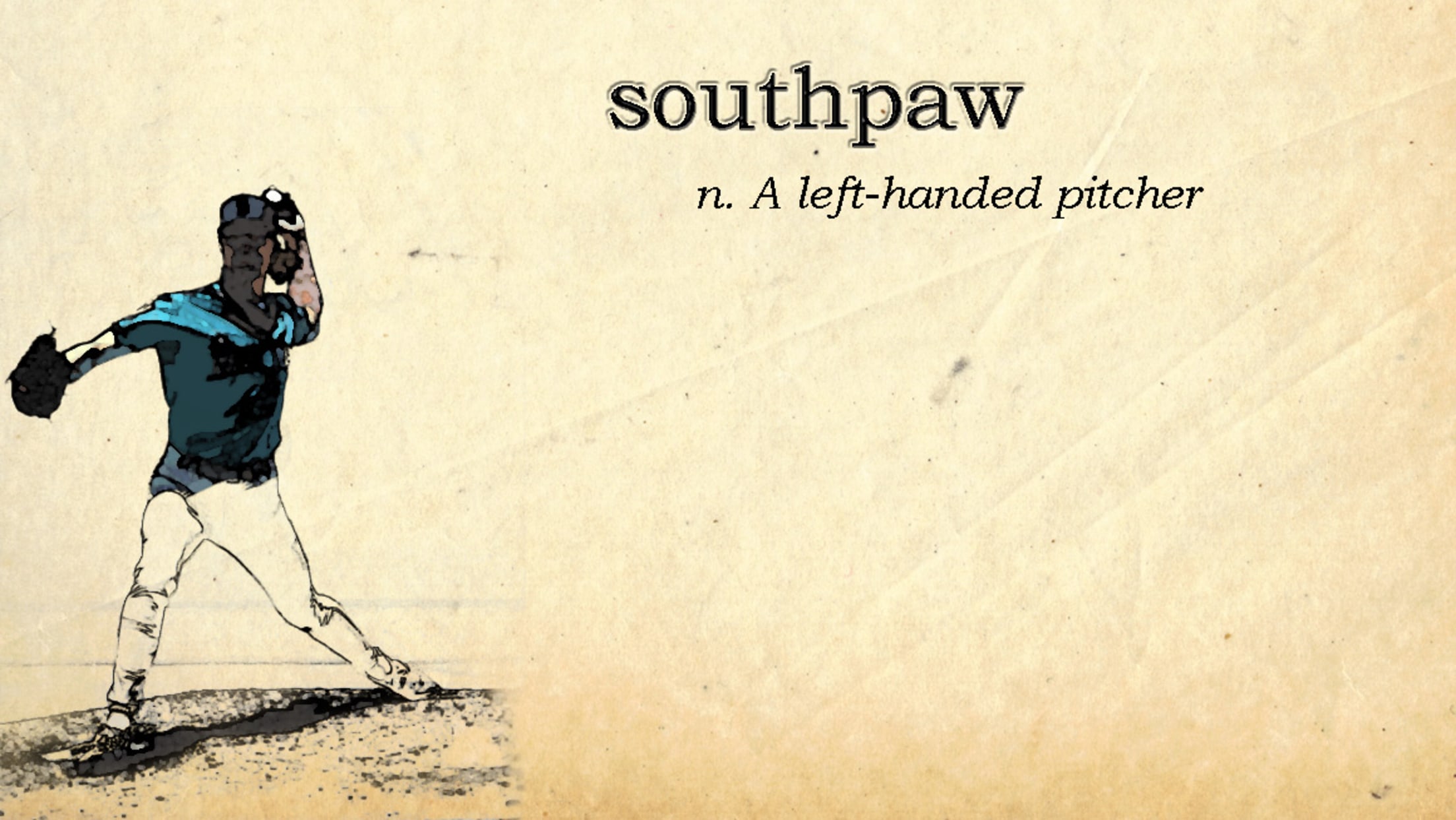
For decades, the southpaw origin story was a surprisingly logical one: In the days before lighting systems made night games possible, most ballparks were oriented so that the batter would be looking east out to the mound -- in order to avoid having to stare into the glare of the afternoon sun. So, with pitchers facing west when they stared into home plate, the arm of a left-handed hurler would be to the south side of the diamond.
... except, well, the earliest mentions of the term in baseball refer to position players, not pitchers. According to MLB official historian John Thorn, we actually have a totally different sport to thank: boxing, in which left-handed fighters use a "southpaw stance." No one's quite sure why -- it might be because both "south" and "left" were traditionally associated with the devil (no, seriously) -- but hitting someone with a left came to be known as a punch using the "south paw."
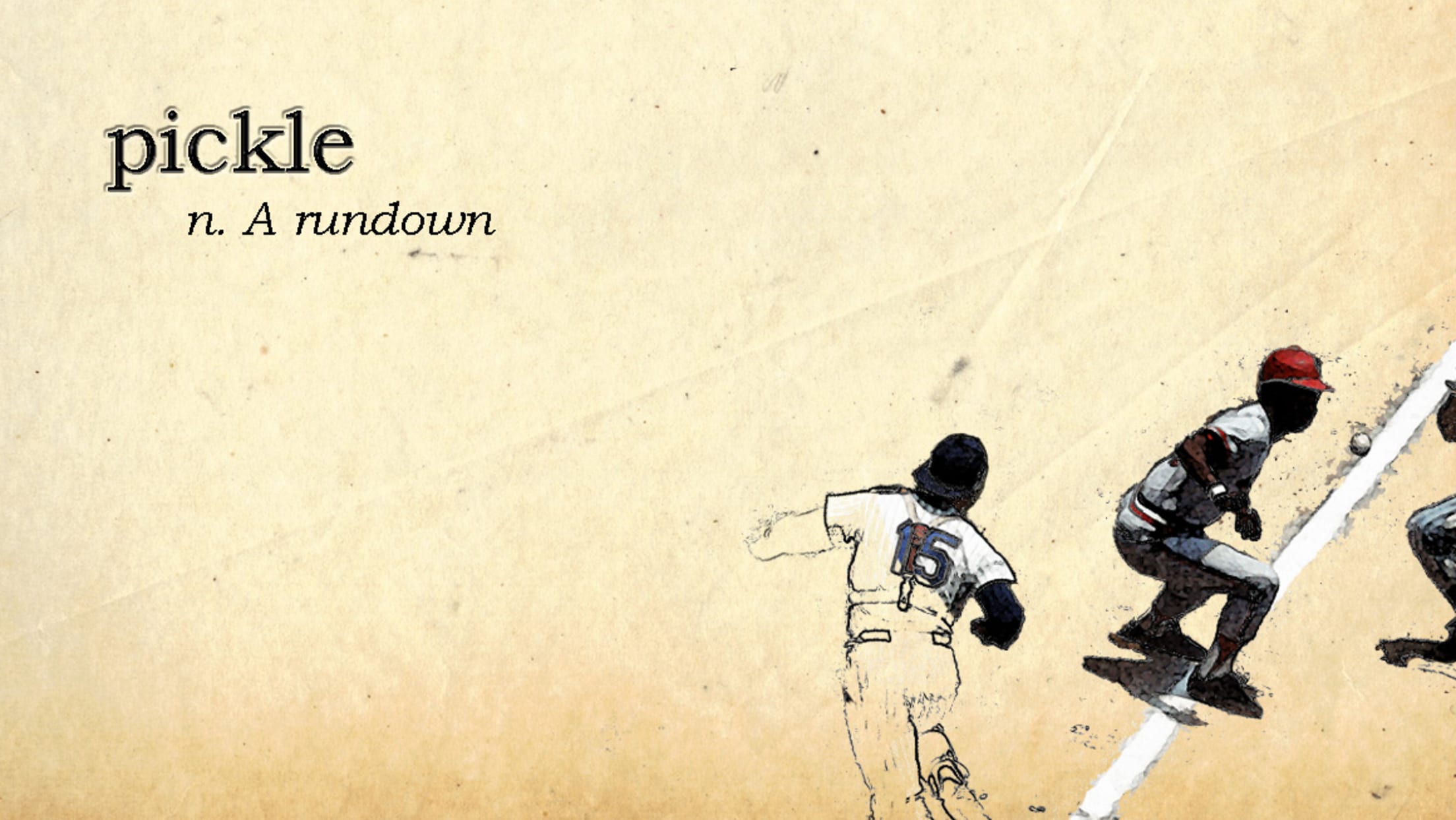
It's produced some of the downright weirdest moments in baseball -- a few seconds in which all sense of order melts away, leaving only improvisational baserunning shenanigans and/or actual wizardry. And it only needs one word of introduction:
Sadly, though, "pickle" wasn't handed to us by the Baseball Gods. But just where does it come from? Befitting a man who seemingly invented half of modern English, Shakespeare is thought to be the first to use the idiom "in a pickle" in The Tempest. But he gave it a somewhat different meaning -- in England, "pickle" actually refers to something close to relish, and one is "in a pickle" if they're "sauced" or, more bluntly, "drunk."
But, after the phrase came to America, the metaphor got simplified. "In a pickle" became "in a tough spot" -- much like a cucumber, stuck sitting in vinegary brine for days on end.
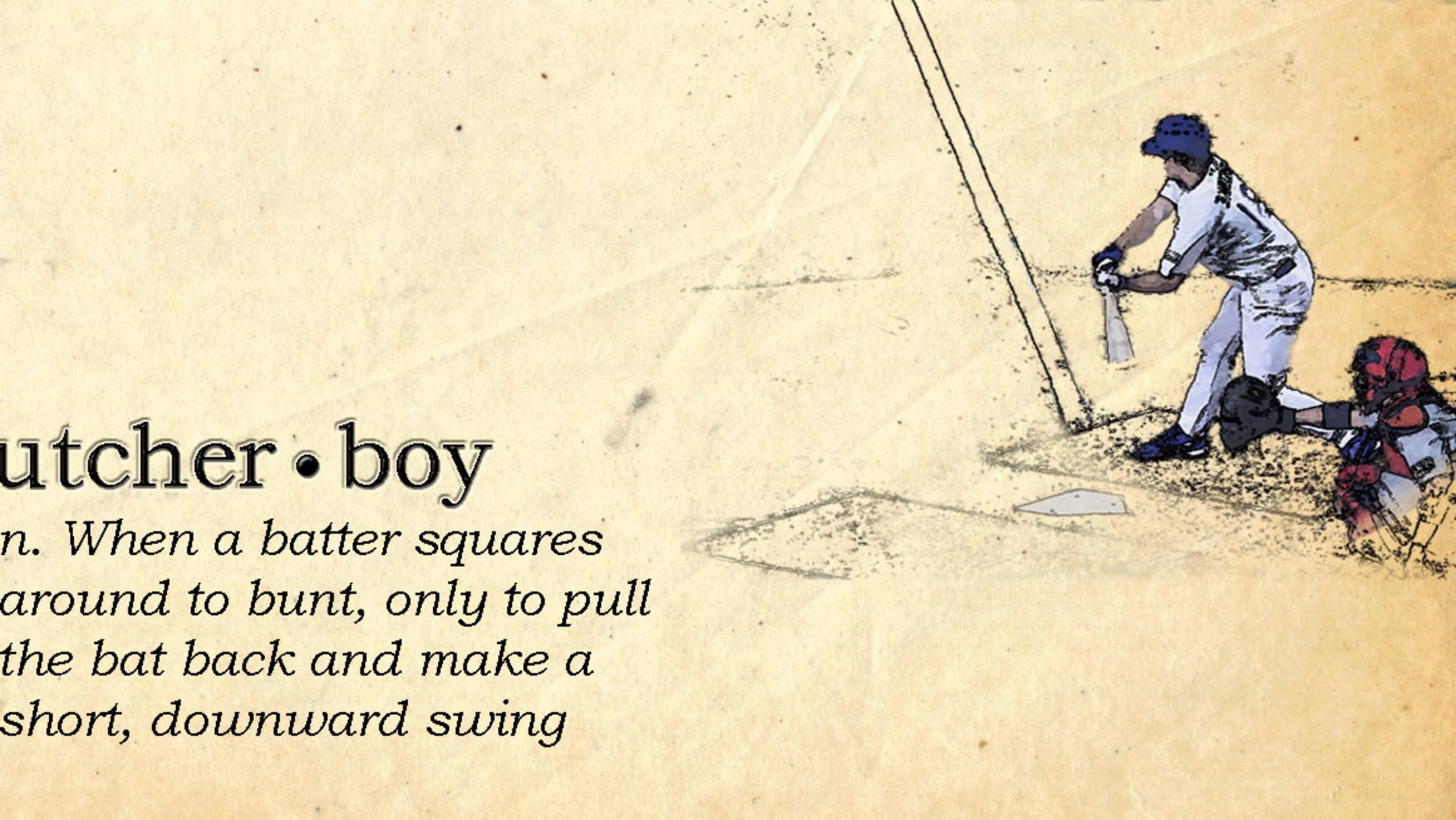
Casey Stengel coined a lot over his more than 50 years as both a player and manager -- enough to start his own language, "Stengelese." One of his more practical creations? The butcher boy, in which a batter would draw the infield in by squaring up to bunt ... only to quickly pull it back and take a short, downward swing at the ball. When done well, it looks like this:
What does any of that have to do with meats, you ask? The term was a Stengel creation, inspired by the motion a boy in a butcher shop would use to cleave meat. Stengel ordered it whenever he needed a ground ball: "When I got a runner on third base in a close game, I urge all my players to give it the butcher boy and get him home."
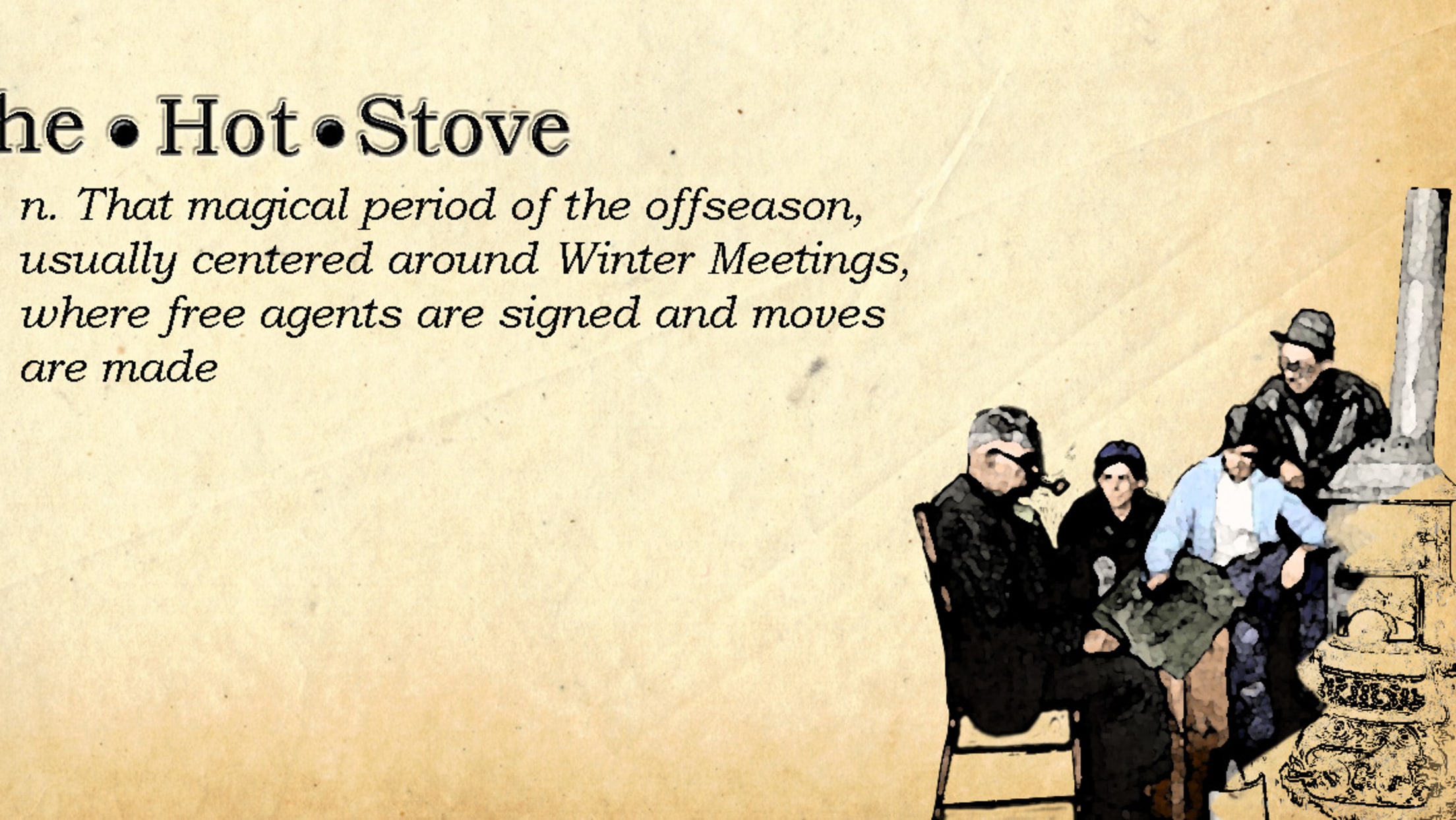
Each winter, Spring Training still months away, desperate baseball fans frantically gather any nuggets of transaction news to get them through the long, cold offseason -- a time known affectionately as Hot Stove Season. Once upon a time, though, Hot Stove Season referred to ... an actual baseball season: Hot Stove Leagues, in which MLB players would stay in shape by playing baseball in their hometowns while staying warm with, you guessed it, actual hot stoves.
The term soon expanded to become a kind of predecessor to the water cooler -- on a cold day, fans would gather around the hot stove to discuss their favorite team. Or, you know, Twitter during Winter Meetings.

To provide a visual aid, we now turn to Resident Hitting Instructor
The Baltimore chop came, as you might have guessed, from the Orioles -- specifically the O's of the late 19th century. With runs hard to come by in the dead ball era, the Orioles hatched a plan: They instructed their groundskeeper to pack the dirt in front of home plate (legend has it he once even put down a concrete slab) so that speedsters like John McGraw and Willie Keeler could leg out infield singles.
The plan worked like gangbusters: The O's won three consecutive NL pennants from 1894-1896.
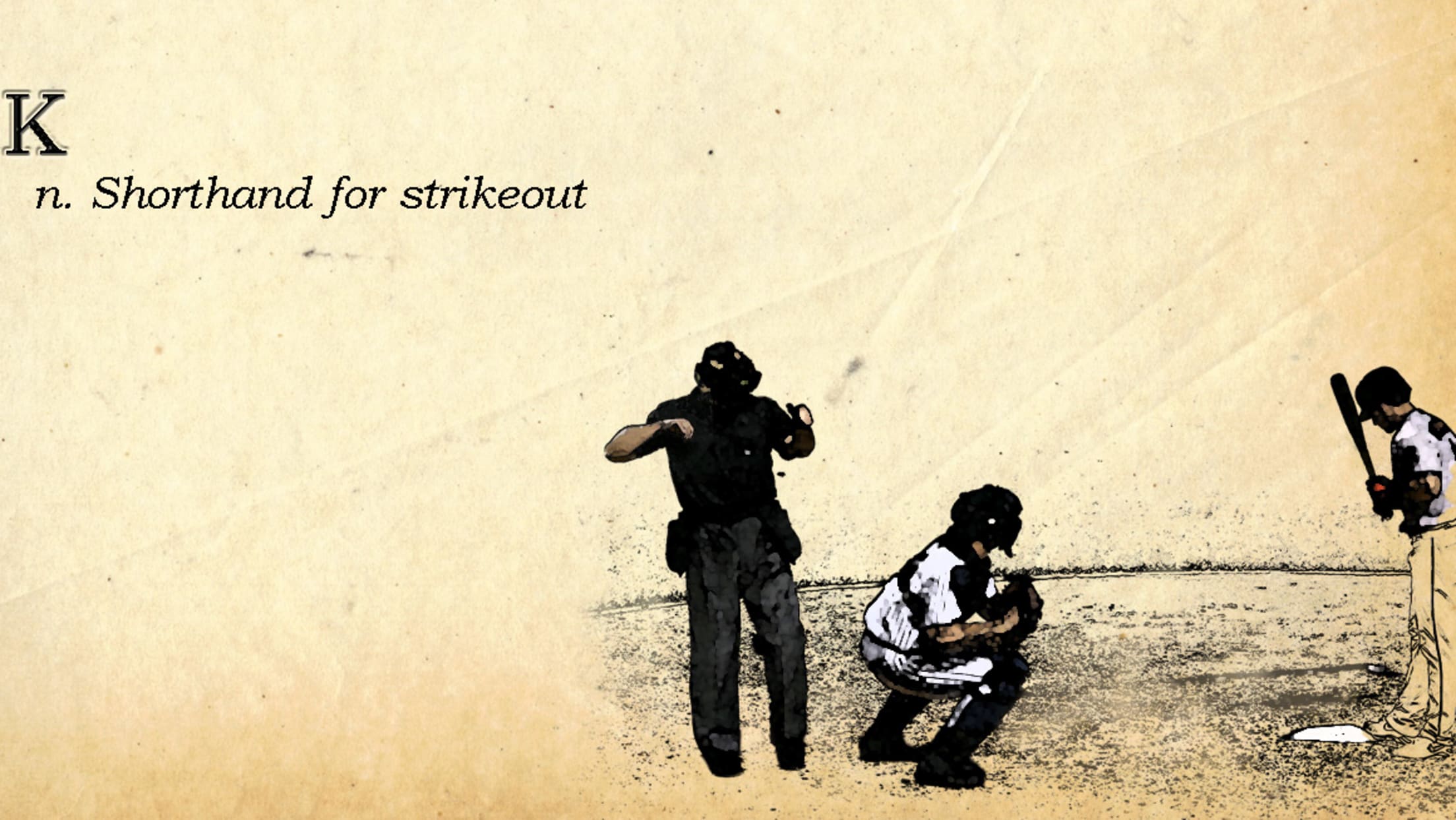
Referring to a strikeout as a K is a much older tradition than you might think, going all the way back to the mid-19th century -- when journalist Henry Chadwick began developing baseball's first scorecard. Chadwick's original system used only single letters, and he couldn't use "S" for "struck" (the preferred term of the time period) because it had already been taken by "sacrifice." So instead, he decided to go with what he thought was the word's most memorable sound: the letter K.
Needless to say, it stuck, as did a lot of Chadwick's ideas -- like, for example, numbered defensive positions. So the next time you see a "6-4-3" double play, remember to say thanks.
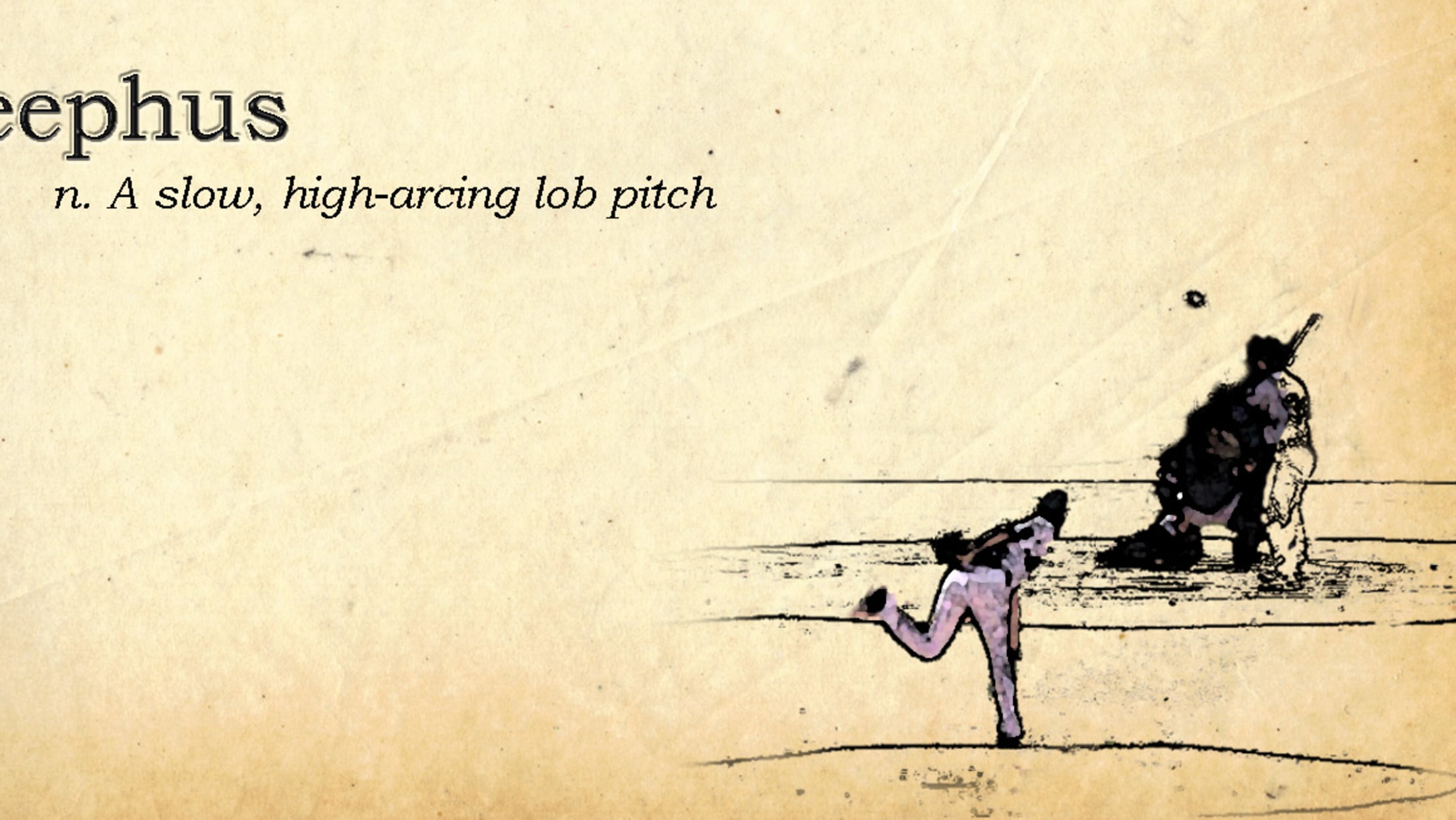
Have you ever wondered to yourself, "Wait, 'eephus'? Is that even English?" Take heart: Nobody else knows, either. The pitch first popped up in the 19th century, but never quite caught on. It was destined to be a historical oddity, a relic of a bygone age -- until it was dusted off by Rip Sewell, a starter for the Pirates during the 1930s and '40s.
After taking 14 shotgun pellets into his right foot one winter, Sewell had to make serious alterations to his delivery, and, with his velocity diminished, he came up with the lob pitch as a way to keep hitters off-balance. He busted out his new trick the next spring against the Tigers, and everybody was stumped.
"What was that thing?" Pittsburgh manager Frankie Frisch asked in the dugout. "Eephus ain't nothing," outfielder Maurice Van Robys said, "and that's a nothing pitch." To this day, no one quite knows what Van Robys meant by "eephus" -- the best guess holds that "eephus" was really "efes," the Hebrew word for zero. Whatever the origin, the eephus survives to this day, fooling hitters across the nation -- well, except A-Rod.
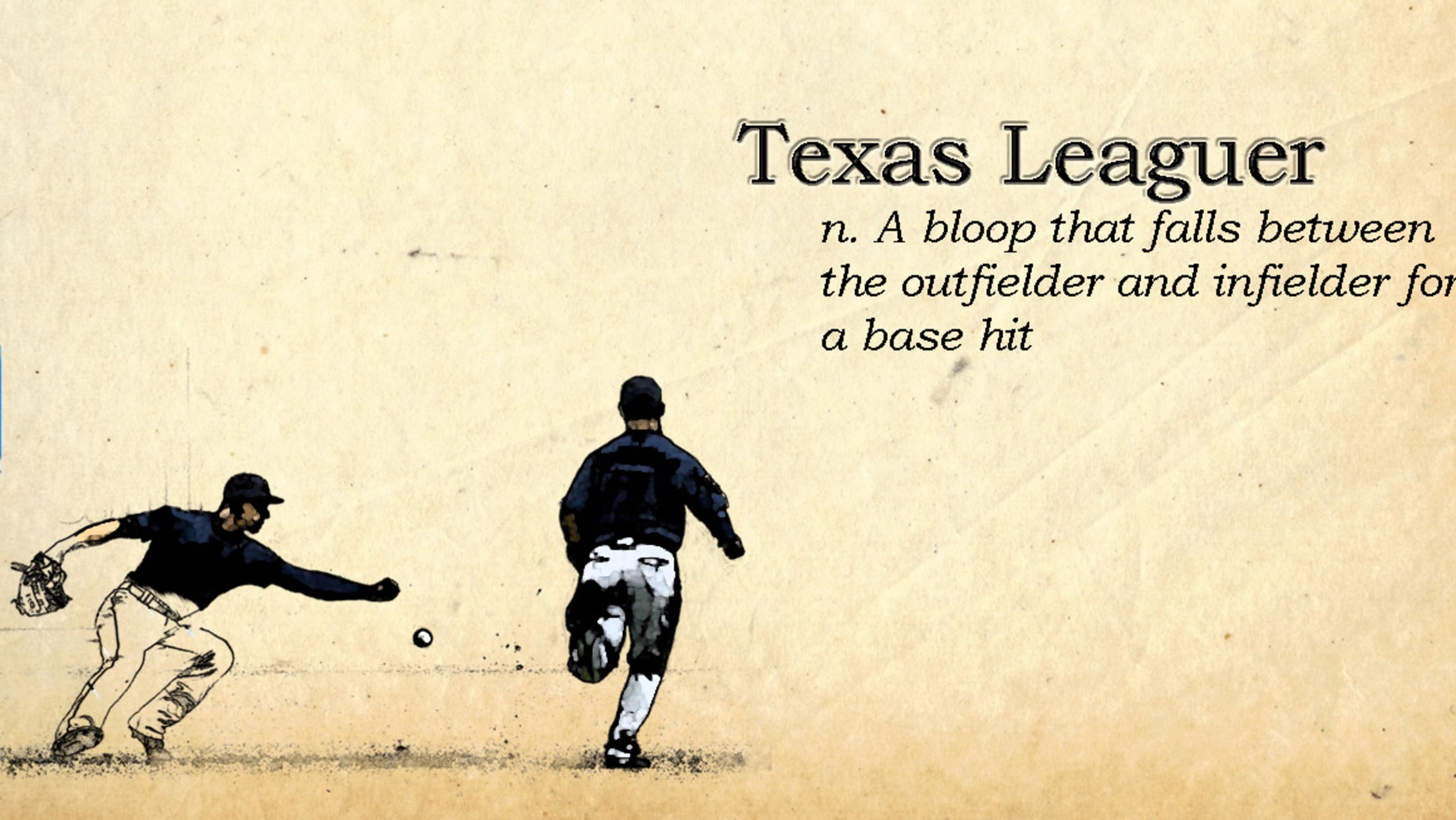
Ah, the bloop single: How has such an unremarkable play inspired such remarkable nicknames? "Texas Leaguer" dates all the way back to 1901, when a rookie named Ollie Pickering made his debut for the Cleveland Blues (the franchise that would later become the Indians). Pickering had become a legend as a Minor Leaguer in the Texas League, and he was immediately placed atop Cleveland's lineup when he was called up -- he even holds the honor of taking the first at-bat in the history of the American League.
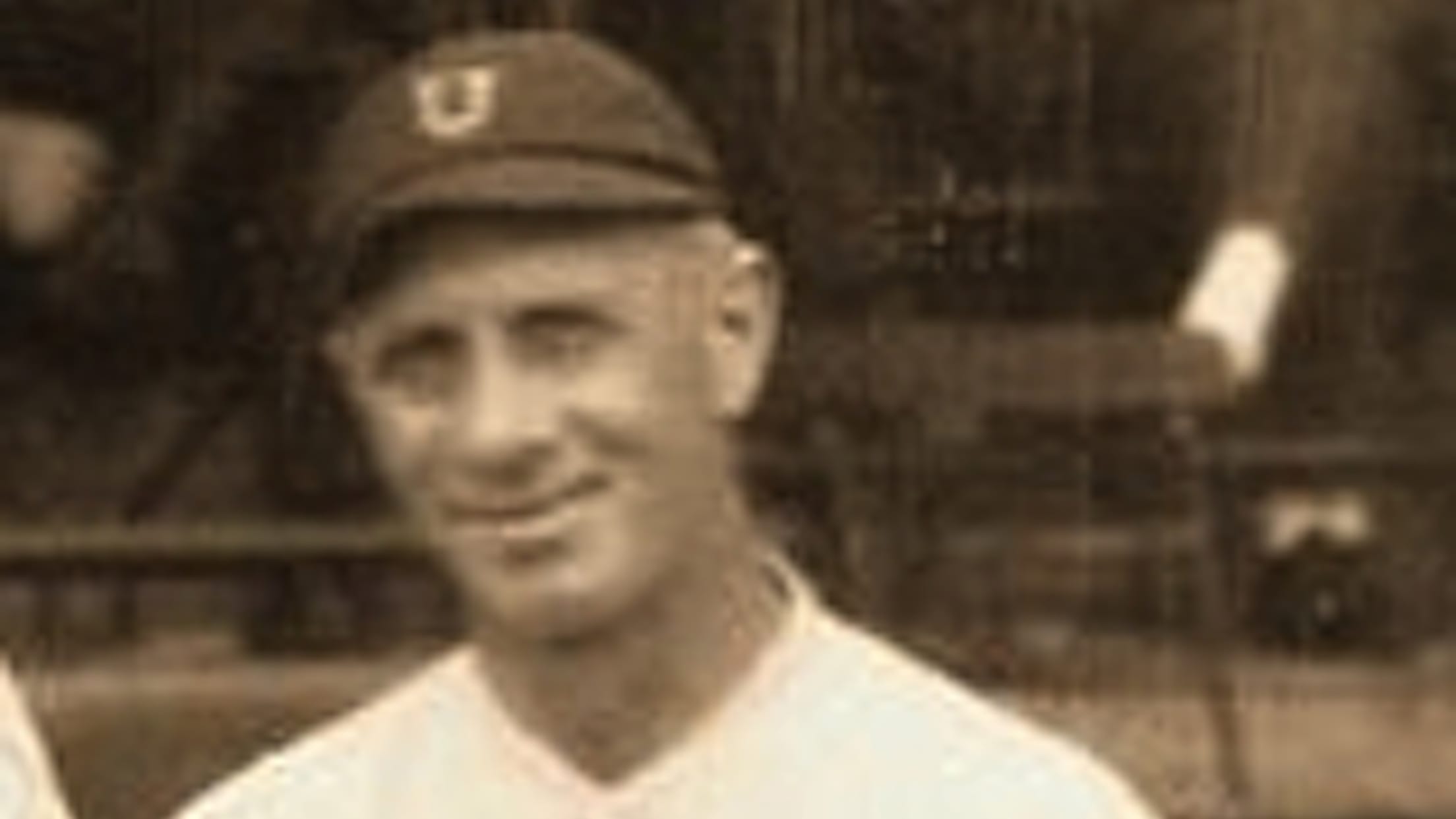
Pickering proceeded to have one of the most fortunate starts to his career imaginable -- his first seven plate appearances all resulted in bloop singles. His teammates, amazed and somewhat irritated, decided to name the play after him, and it's stuck ever since.
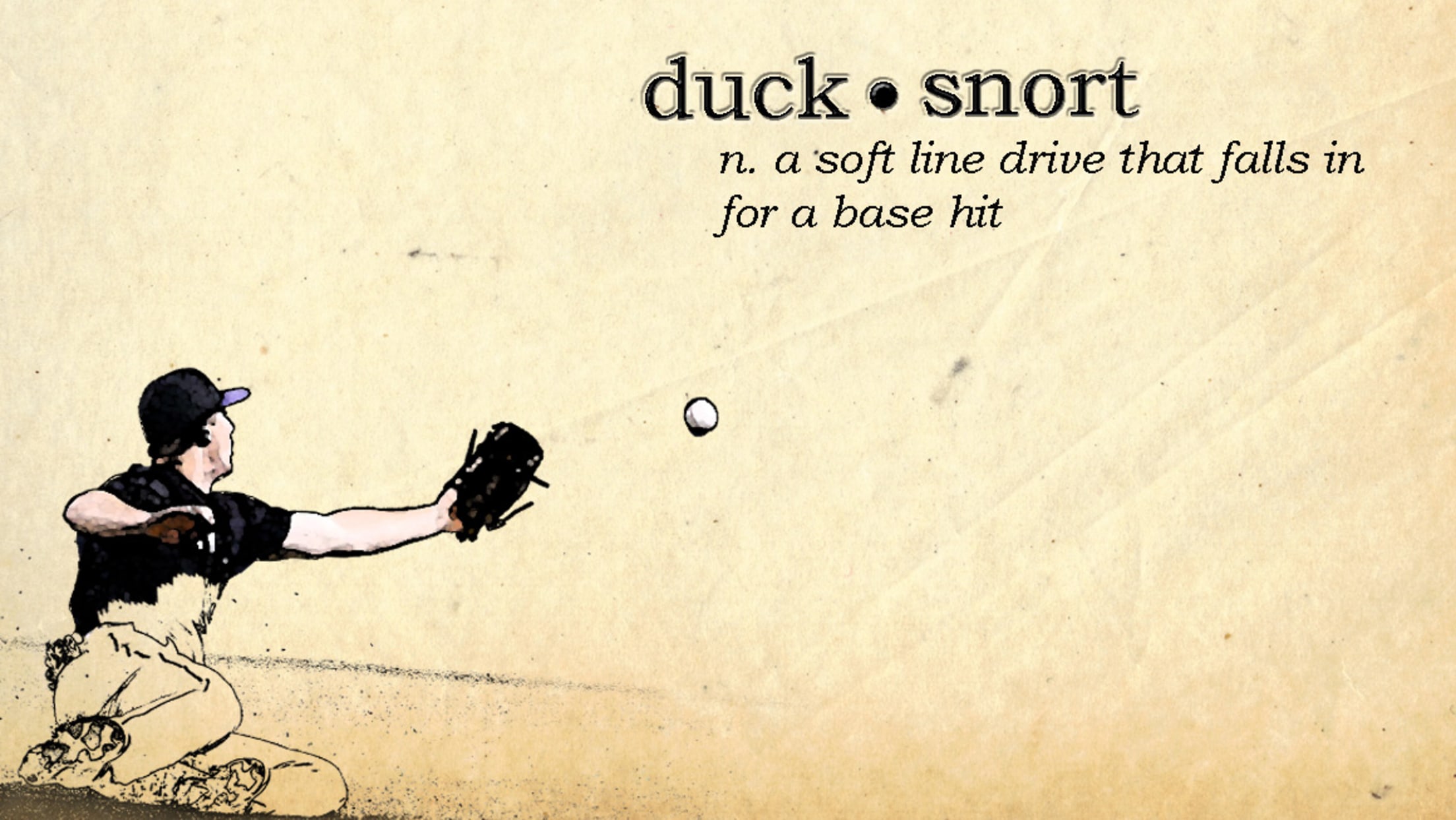
Duck snort, on the other hand, has a much more ... uh, sordid history. Initially, the phrase was "duck fart" -- yes, seriously. It actually makes some sense, if you dare to think about it for a second: The idea was that, thanks to its feathers, the flatulence of a duck would be pretty muffled and soft, much like a bloop single (look, we never said it was a perfect fit). Sadly, this didn't exactly translate to television. Luckily, though, longtime White Sox broadcaster and joie de vivre incarnate Hawk Harrelson came up with a compromise -- during a Carlton Fisk at-bat in the 1980s, Hawk said that he'd "like to see him hit a little duck snort to right."



